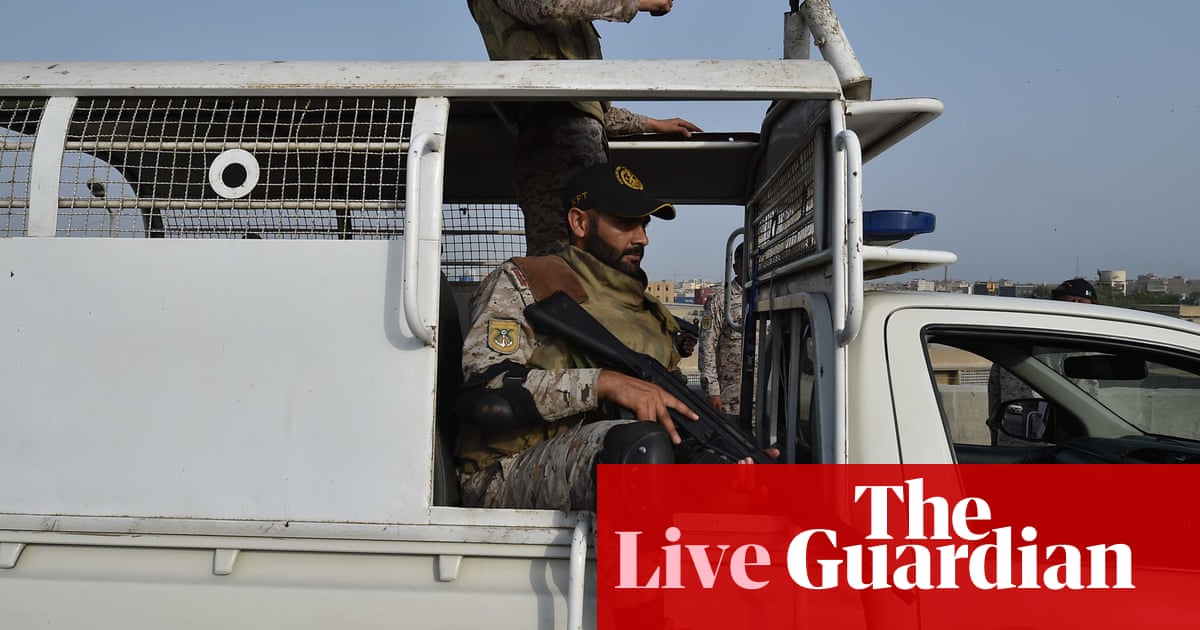The article details a burgeoning military confrontation between Pakistan and India, two nuclear-armed neighbors with a long history of conflict. The situation is characterized by accusations of missile attacks, retaliatory military actions, and significant civilian casualties, which could further escalate tensions in the region.
Purpose of the Report
The primary aim of this news piece appears to be to inform the public about the alarming escalation in hostilities between India and Pakistan. By emphasizing military actions and the potential for further conflict, the report seeks to raise awareness and possibly foster a sense of urgency for international intervention or dialogue.
Public Perception
The article likely attempts to shape public perception by framing Pakistan as a victim of aggressive military actions from India, while also highlighting the dangers of further escalation. The mention of G7 countries urging for de-escalation indicates a call for international attention, suggesting that the situation could have broader implications beyond the immediate conflict.
Omissions and Hidden Agendas
While the article presents the current events, it may downplay the historical context of tensions between the two nations. By focusing primarily on recent military actions, it could obscure the underlying issues that perpetuate the conflict, such as territorial disputes and national security concerns. This selective coverage may serve to manipulate public opinion in favor of a specific narrative.
Credibility Assessment
The reliability of the information presented relies on the sources cited, such as the Pakistani army and Reuters. While these sources can be credible, the potential for bias exists, particularly in a context where national pride and security are at stake. Therefore, while the article conveys significant events, the framing and selection of information necessitate cautious interpretation.
Societal and Economic Impact
This news could have profound implications for society, economy, and politics in both countries. The immediate risk of military conflict may lead to heightened security measures, economic instability, and potential loss of life, affecting public sentiment and government actions. The uncertainty surrounding the crisis can also influence foreign investments and trade relations in the region.
Community Reactions
Different communities may respond to this news based on their nationalistic sentiments. In Pakistan, there might be a rallying effect around support for military actions, while in India, public opinion may lean towards increased military readiness. This division highlights the polarized nature of national identities in the conflict.
Market Reactions
Given the geopolitical context, markets generally react negatively to news of military conflict. Stocks related to defense and security may see a rise, whereas industries reliant on stability, such as tourism and foreign investment, may suffer. Investors typically reassess risk in light of increased tensions between two nuclear powers.
Global Power Dynamics
The article touches on a critical aspect of global power dynamics, as conflicts between nuclear-armed states can have worldwide repercussions. The involvement of G7 countries suggests that international relations and diplomatic efforts are closely tied to the conflict, indicating its relevance to current global agendas.
AI Utilization in Reporting
The writing style appears straightforward, which is typical of news reporting. It is unclear if AI was specifically used in crafting this article, but algorithms and models could assist in data gathering and trend analysis. However, any influence from AI would likely focus on ensuring clarity and conciseness in conveying critical information.
Manipulative Elements
There may be manipulative aspects in the way the information is presented, particularly concerning the language used. The emphasis on missile strikes, casualties, and military readiness can instill fear and urgency, potentially swaying public opinion towards favoring military solutions rather than diplomatic ones.
In summary, this article provides significant insights into the escalating tensions between India and Pakistan. However, the framing and selective focus on recent events necessitate a critical approach to understanding the broader implications and historical context of the conflict.
